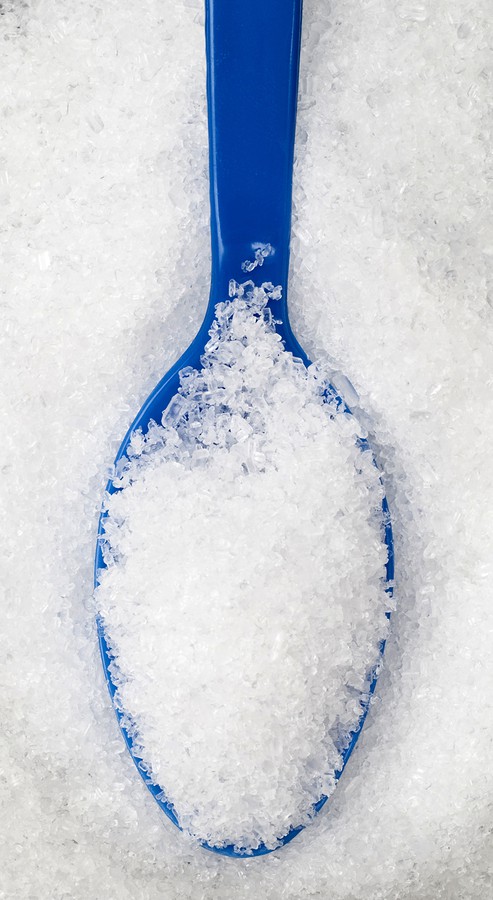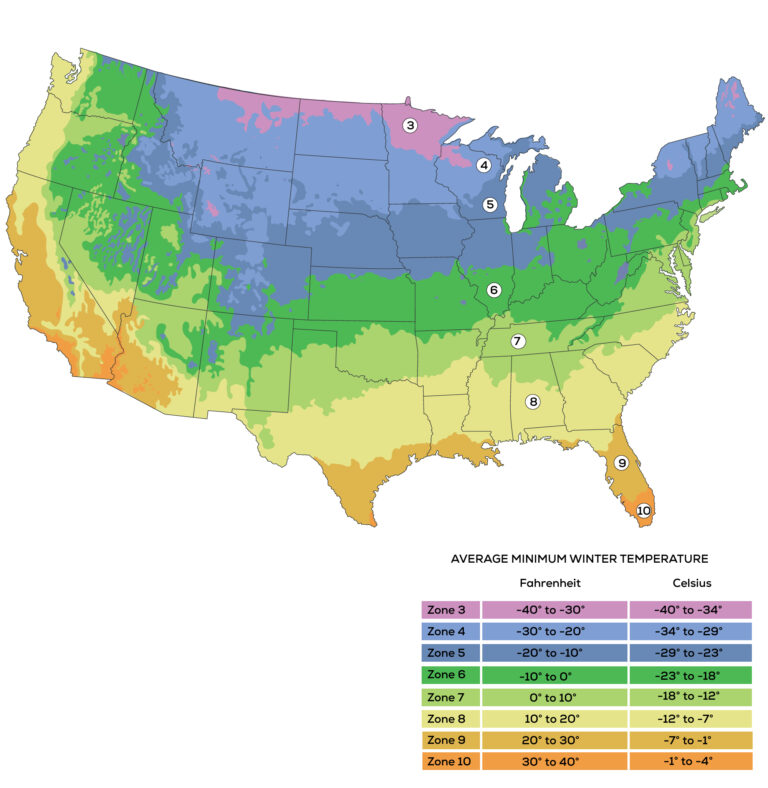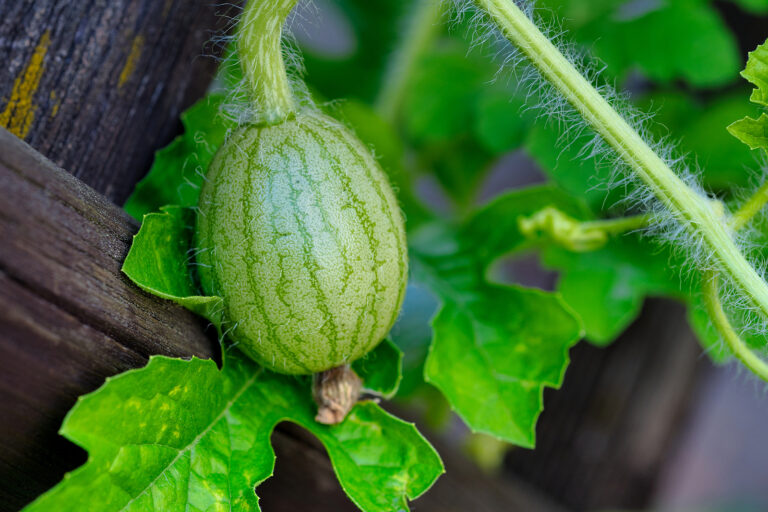How to Plant Pumpkins Successfully
Planting pumpkins is the first step to a great harvest. Whether you start seeds indoors for a head start or sow them directly into warm garden soil, success begins with the right techniques. In this guide, I’ll walk you through everything you need to know to plant pumpkins at just the right time and protect them from chilly weather.
Here’s what I do in my garden:
- Sow pumpkins in the garden in spring when all danger of frost has passed and the soil temperature has reached 65°F (18°C) and night air temperatures are above 55°F (13°C). In cool-summer regions grow smaller varieties.
- Start pumpkins indoors 2 to 3 weeks before the average last frost date in spring; transplant them into the garden 2 to 3 weeks after the last frost.
Planting Pumpkins
Plant pumpkins when night temperatures no longer fall below 55°F and the soil is at least 60°F (seeds will not germinate in cold soil–the optimal soil temperature is 70°F).
Prepare the planting site by digging a hole 18 inches wide and deep. Place 3 to 4 inches of aged compost or manure into the bottom of the hole and refill the hole with 3 parts soil and 1 part compost or manure.
Create a planting hill about 4 inches high. Space the hills about 3 to 4 feet apart for bush squash and 8 feet or more apart for vining plants. Set 6 to 8 seeds evenly spaced on each mound.
Plant several pumpkin plants or several seeds to ensure at least one is successful and survives pests and diseases. The pumpkin is a tender vegetable and will not germinate in cold soil; seedlings will be injured by frost. Plant after the last frost and allow a full warm growing season for pumpkins to reach maturity.
- Plant pumpkins in full sun; pumpkins will tolerate partial shade but full sun is preferable.
- Pumpkins grow best in loose, well-worked, well-drained soil rich in organic matter. Add aged compost to planting beds in advance of sowing.
- Pumpkins prefer a soil pH of 6.0 to 6.8.
- Plant pumpkins on a hill mounded 6 inches or more above the garden. The mound will collect solar heat which will enhance growth. A mound 36 or more inches across will support three plants.
- Work plenty of aged compost and aged manure or commercial organic planting mix into the hill before planting.
- Pumpkins require ample room for growth. Vining varieties sprawl and may require between 50 and 100 square feet of space. Bush varieties require less space than vining varieties.
- Pumpkin vines planted on a mound can be trained in an ever-widening circle around the mound.
- Pumpkins also can be planted in beds covered with black plastic sheeting. The black plastic will warm the soil. Cut a hole in the plastic to plant seeds or transplants.
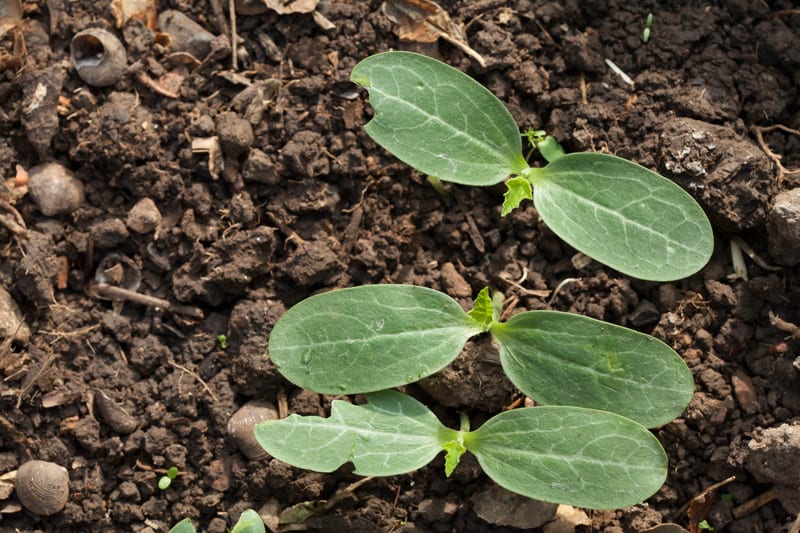
Starting pumpkins indoors
- Pumpkins can be started indoors 2 to 3 weeks before the average last frost date in spring for transplanting into the garden 2 to 3 weeks after the last frost.
- Start seeds in individual peat pots or biodegradable containers. The roots of pumpkin seedlings are very sensitive. Start seed indoors in peat pots then set individual pots and seedlings in the garden together at transplanting time.
- Sow seed 1 inch (2.5cm) deep.
- The seed will germinate in 5 to 10 days at 70°F (21°C).
- Pumpkin seed coats are hard. To speed germination soak seeds in warm water or 1 hour before planting. The long edges of seeds also can be lightly filed with a nail file; this will weaken the seed coat and speed germination.
- Grow seedlings indoors under grow lights of fluorescent lights. Keep the soil evenly moist.
- When transplanting seedlings to the garden make sure the rim of the peat pot is not exposed to the air or it will wick moisture away from the plant’s roots.
Starting pumpkins in the garden
Pumpkins will germinate in 7 to 14 days depending upon the variety. When plants are 3 inches tall thin to the two strongest seedlings (use scissors to thin rather than pulling plants up by the roots which can upend neighboring plants). Use cloches to protect cold-sensitive seedlings if frost threatens.
- Direct sow pumpkin seeds in the garden 2 to 3 weeks after the average last frost date when the soil temperature has reached 65°F (18°C) and night air temperatures stay above 55°F (13°C).
- The optimal soil temperature for starting pumpkins in the garden is 70°F (21°C) or warmer.
- Keep floating row covers handy to protect young plants from chilly night temperatures or unseasonal weather. Pumpkins are very sensitive to cold soil and frost.
- In cool-summer regions grow smaller, quick-maturing varieties.
- In warm-winter regions or very hot summer regions, plant pumpkins in late winter for harvest in late spring.
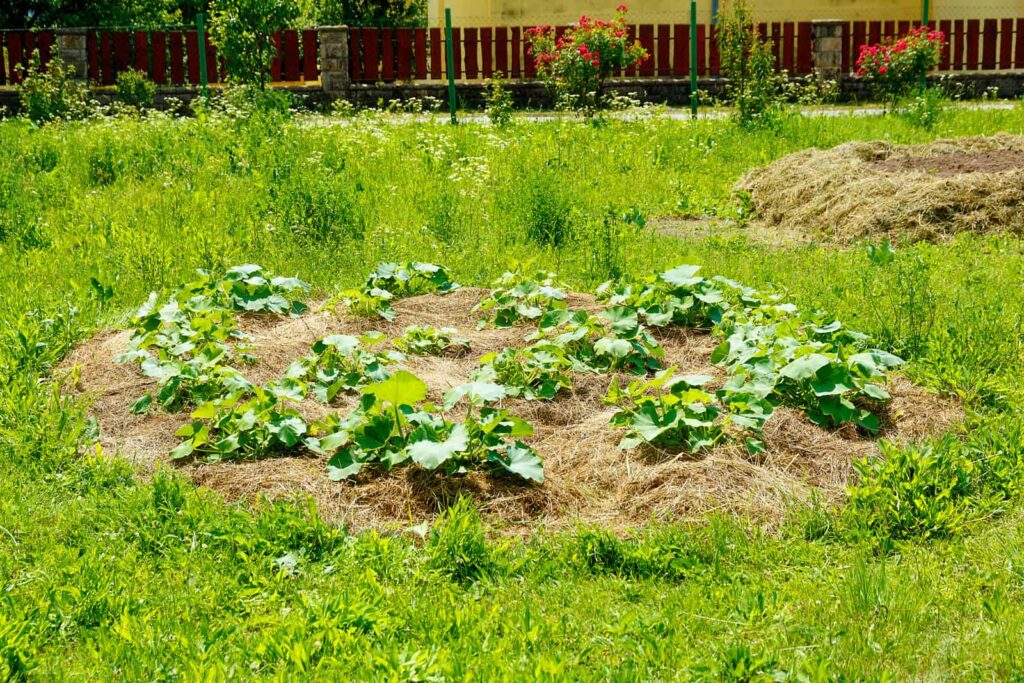
Planting and spacing pumpkins
Give pumpkins plenty of space. This will not only allow them to mature but also deter pests and diseases. Vining pumpkins require at least 50 to 100 square feet per hill; keep hills 5 to 6 feet apart and rows 10 to 15 feet apart. Semi-bush varieties: space hills 4 feet apart and rows 8 feet apart. Miniature varieties: space hills 3 feet apart and rows 6 to 8 feet apart. If the garden is tight, contain pumpkins by pinching out the growing tips after a vine has one or two fruits.
- Plant pumpkins on raised mounds 6 to 12 inches (15-30cm) high and at least 24 to 36 inches (61-91cm) across. Larger is better. At the top of the mound, you can remove an inch of soil to build up a rim around the edge of the mound creating a basin for watering.
- Space hills 6 to 8 feet (1.8-2.4m) apart.
- Sow pumpkin seeds 1 inch (2.5cm) deep.
- Sow 6 to 8 seeds on each hill.
- When seedlings are 2 to 3 inches (5-7cm) tall, thin to the 2 or 3 strongest seedlings. Cut off thinned seedlings at the soil level to avoid disturbing the roots of the remaining plants.
- Thinned seedlings should be spaced 18 to 36 inches (45-91cm) apart.
- Pumpkins growing in rows should be spaced 24 inches (61cm) apart and rows should be 6 to 10 feet (1.8-3m) apart.
- Grow 1 to 2 pumpkin plants per household member.
Protect pumpkins from cold
Floating row covers will protect squashes from dipping temperatures. If night temperatures fall below 65°F put the row covers in place. Row covers will also protect plants from early pests. When plants begin to flower (about three weeks after they have sprouted), remove the row covers to allow for pollination by bees and insects.
Related Posts Start Here:
Getting Started
- Pumpkin Varieties You’ll Love to Grow
- Choosing the Right Pumpkin: Cooking vs Carving
- Pumpkin Seed Starting Tips
- How to Plant Pumpkins Successfully
- How to Grow Pumpkins in Containers
- Best Companion Plants for Pumpkins
Growing and Care
- Watering, Feeding, and Caring for Pumpkins: A Complete Guide
- Pumpkin Pollination: A Gardener’s Guide
- Common Pumpkin Pests and Diseases (and How to Stop Them)
Harvest and Beyond
- How and When to Harvest Pumpkins
- How to Store and Preserve Pumpkins After Harvest
- Five Ways to Cook Pumpkins
Bonus/Fun

